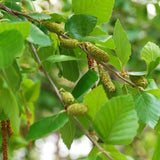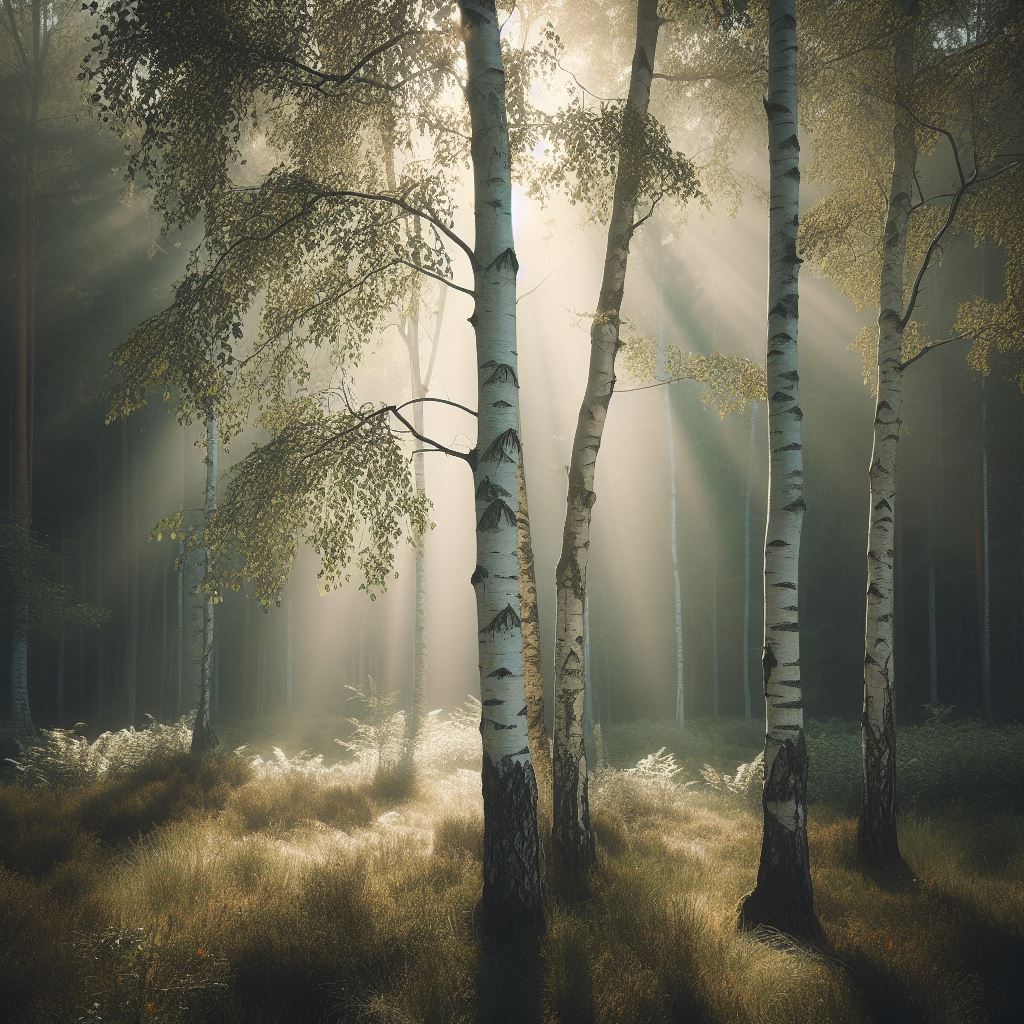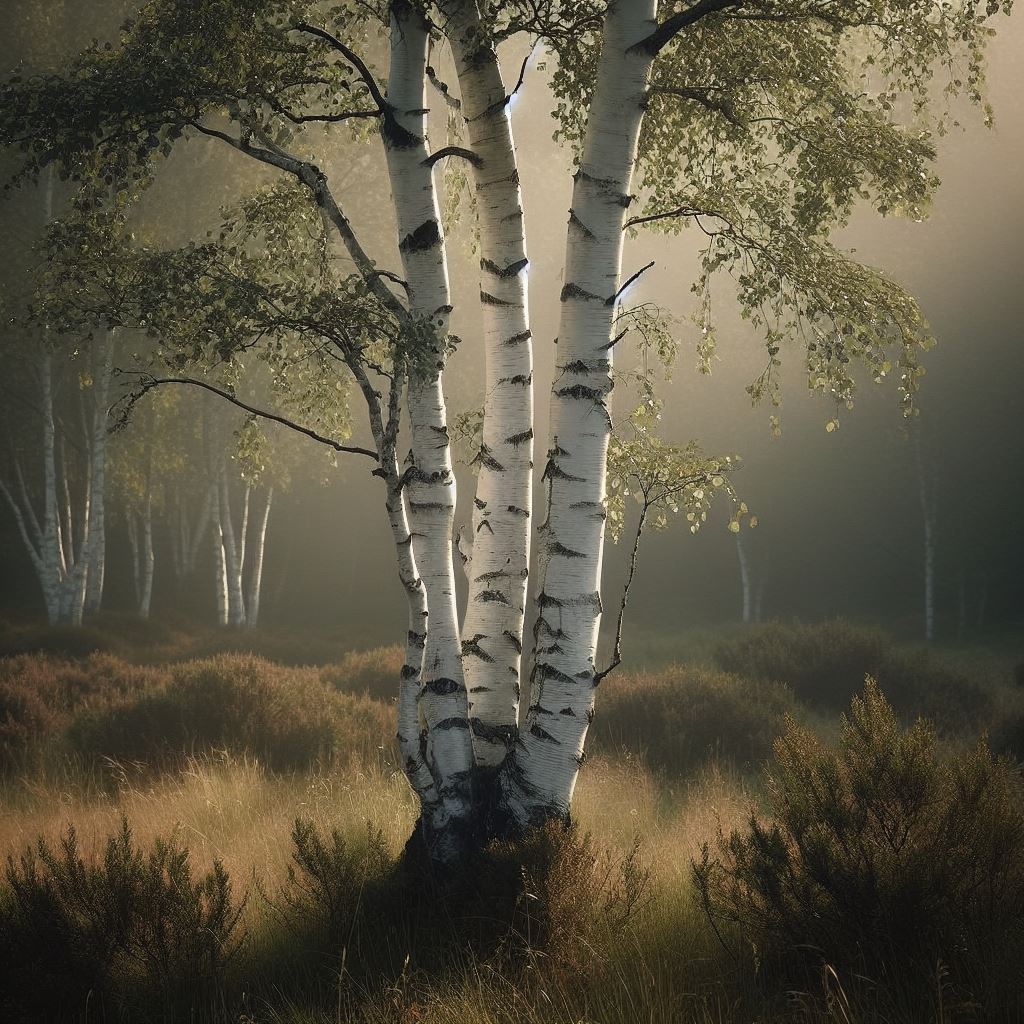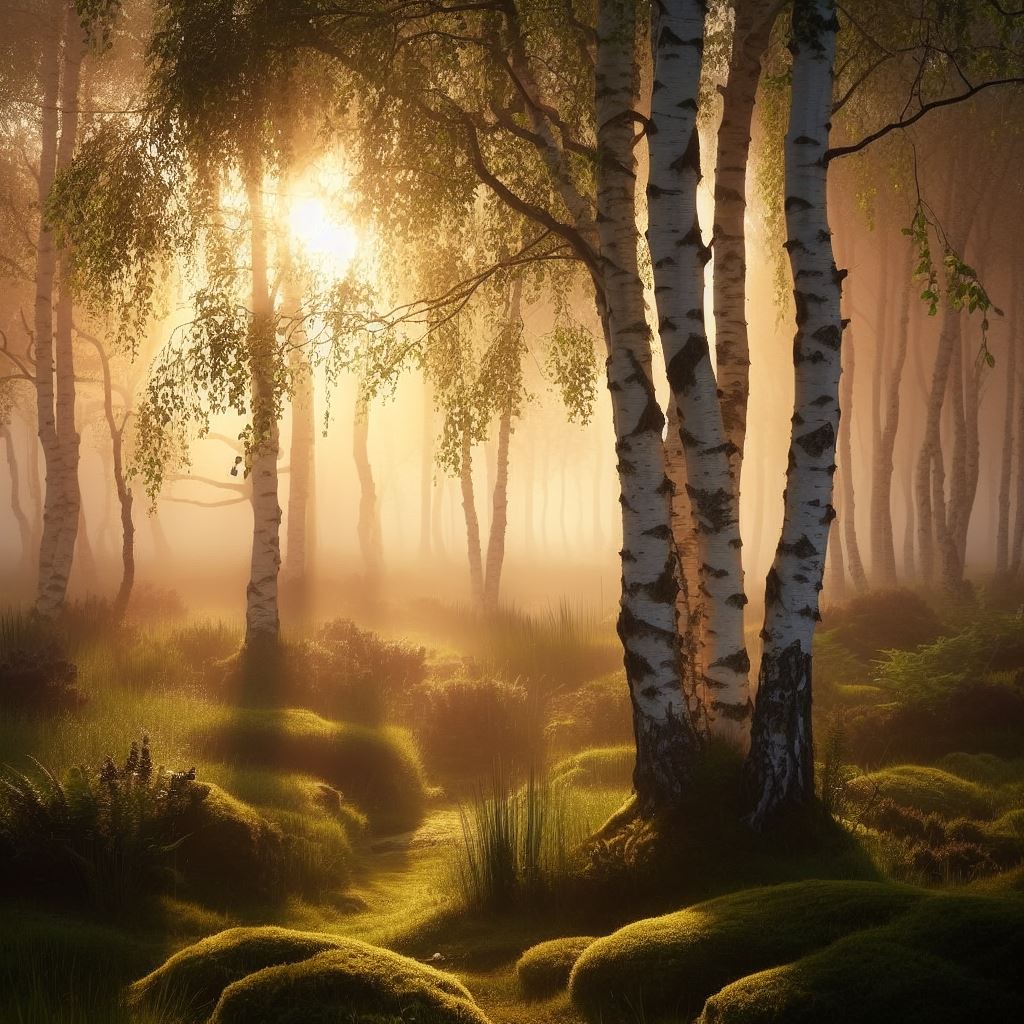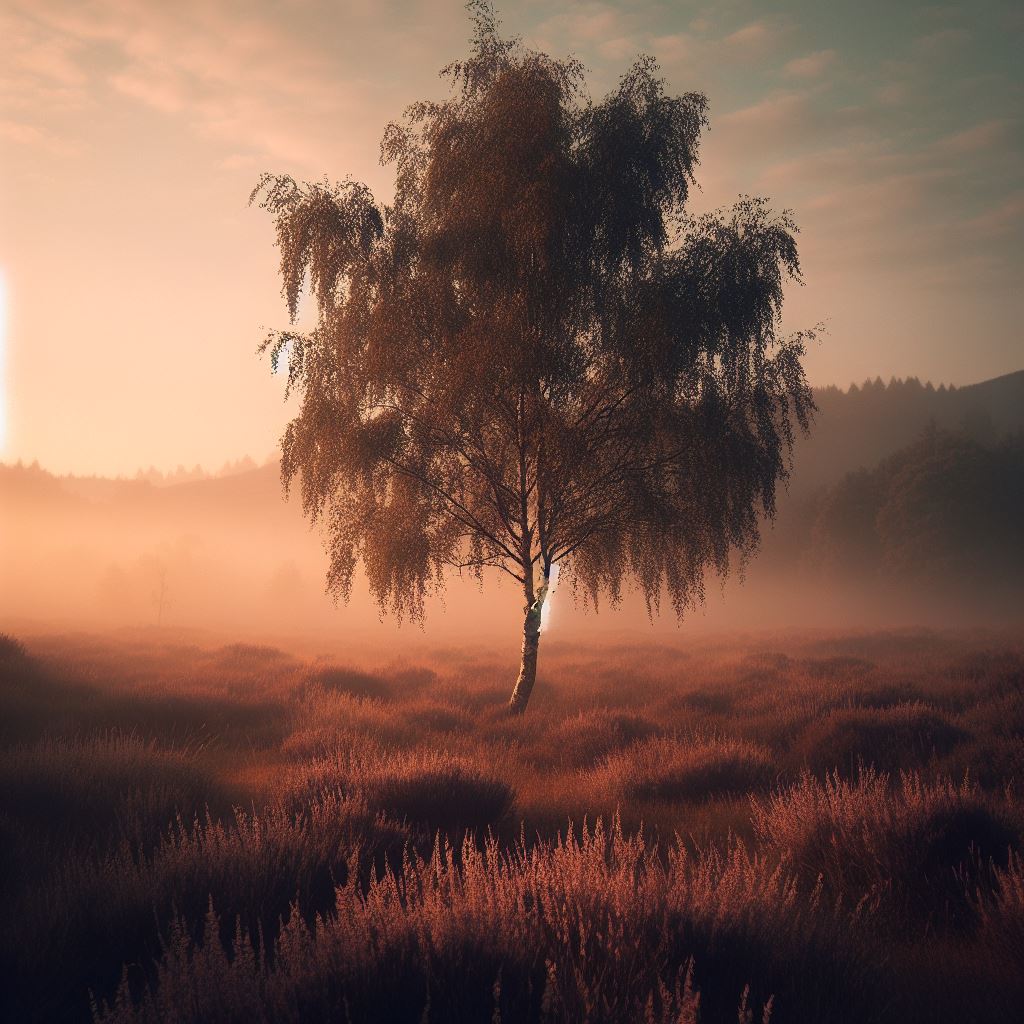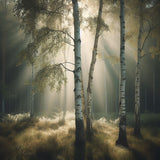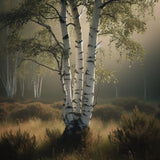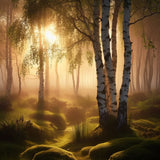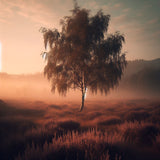Betula papyrifera (Paper Birch) Seedlings & Transplants Available for Spring Shipping
Seedlings & Transplants are shipped each Spring starting in Late March to Early April.
Spring Shipment Stops towards end of Spring. First come first Served. Any Orders placed after this Time frame will be shipped out the following Spring season.
NO shipping to AK, AZ, CA or HI
Bare-Root Size available:
12-18" Seedlings
2-3 ft Seedlings
Successful Planting Steps:
(1) Dig planting hole approximately 10% wider and deeper than seedling size.
(2) Plant Plug(s) and ensure top of plug is level with soil, back fill hole, and top with mulch. Keep mulch at least 1" away from plant stem.
(3) Water thoroughly at time of planting
(4) Use cage (or fence) as needed to prevent animal damage.
(5) Weekly watering is required until new growth is observed. Best practice is to deep soak the seeding once a week, on top of the every other day light watering. During hot/dry days, additional watering may be needed.
****************************************************************************************
Betula papyrifera (Paper Birch) is a graceful and iconic deciduous tree native to North America. Here's a description of this distinctive tree:
Appearance:
Bark: The most distinctive feature of the Paper Birch is its striking, bright white bark that peels away in thin, paper-like sheets. This feature gives the tree its common name. As the tree matures, the bark may develop black markings.
Leaves: The leaves of Paper Birch are simple and alternate, with serrated edges. They are typically triangular to diamond-shaped and bright green in color.
Size:
Paper Birch is a medium-sized tree that can reach heights of 50 to 70 feet (15 to 21 meters) with a slender, pyramidal shape.
Catkins:
Like other birch trees, Paper Birch produces catkins, which are cylindrical flower clusters. These catkins release pollen in the spring, playing a crucial role in the tree's reproduction.
Seeds:
The tree produces small, winged seeds known as samaras, which are dispersed by the wind
Fall Foliage:
In the fall, the leaves of the Paper Birch turn brilliant shades of yellow, making it a visually striking tree during autumn.
Habitat:
Paper Birch is commonly found in northern regions of North America, including Canada and the northern United States. It is often associated with cool, moist, and well-drained soils.
Wildlife Habitat:
This tree provides habitat and sustenance for a variety of wildlife. Birds, such as chickadees and finches, feed on the seeds, while deer and moose may browse on the twigs and leaves. The tree's branches and cavities in the bark offer shelter for nesting birds and other small animals.
Landscape Use:
Paper Birch is valued for its aesthetic qualities and is often planted in urban and suburban landscapes. Its white bark and golden fall foliage make it a popular choice for ornamental use.
Wood:
The wood of Paper Birch is used in various applications, including furniture, flooring, and cabinetry. It is known for its fine grain and pale color.
Paper Birch is a culturally and ecologically significant tree in North America, known for its striking bark, use in traditional crafts by indigenous peoples, and its contribution to northern forest ecosystems. It is not only valued for its aesthetic appeal but also for its role in supporting wildlife and providing valuable timber resources.
Botanical Name : Betula papyrifera
Common Name : Paper Birch
Height : 50-70 ft
Spread : 15-20 ft
Germination Info : Seed requires 30-60 days cold moist stratification
Hardiness zone : 3-8
Average seed per ounce : Approx. 31,250

